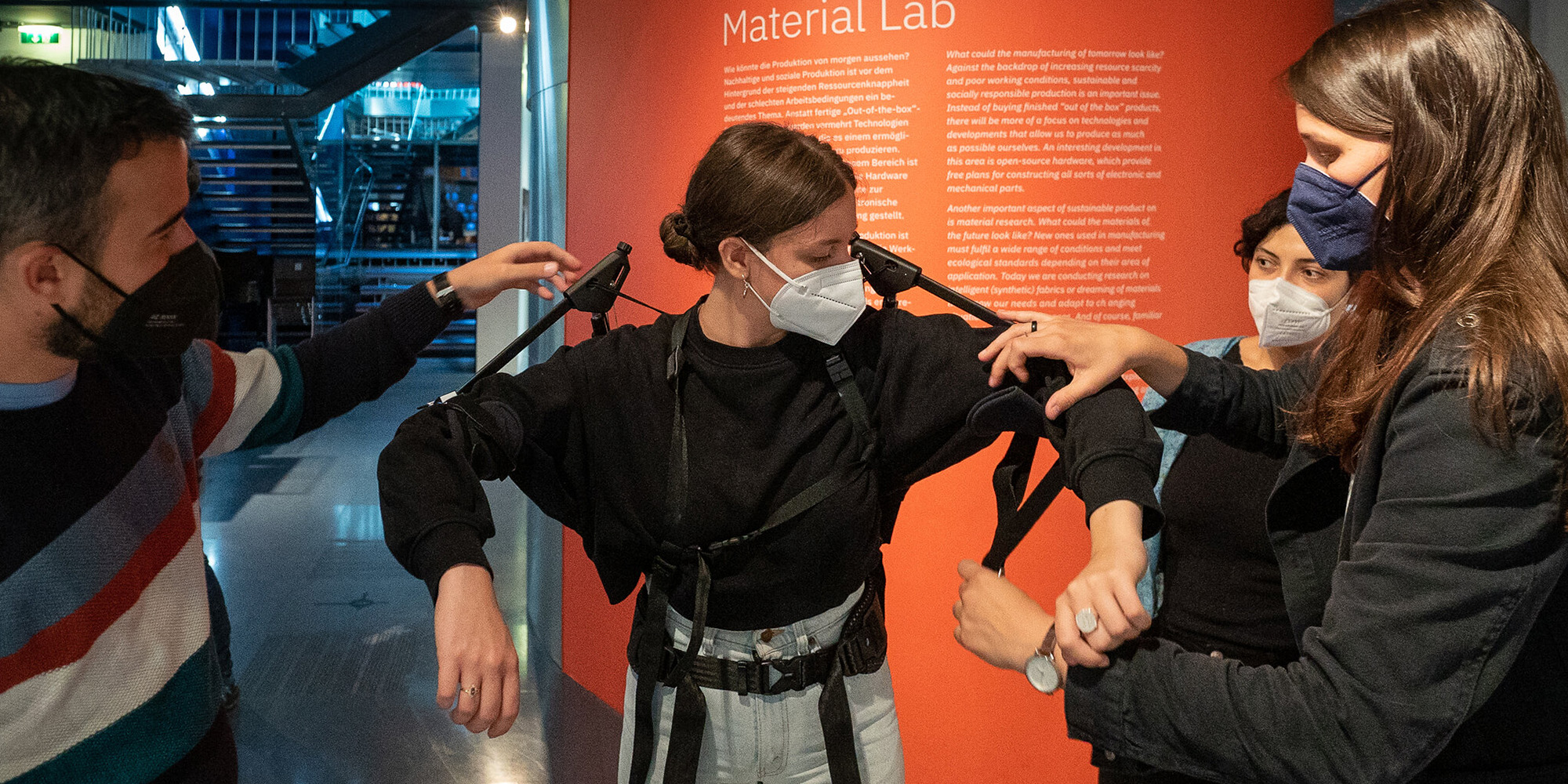Nature has always been a source of inspiration for science. This is also the case with the so-called “exoskeletons”. They can be thought of as a skeleton on the outside of the body, such as those found on insects such as arthropods. These provide animals with both protection and structural support for the body. This is exactly how the technologically advanced system of an exoskeleton works.
Similar to their natural counterparts, they follow the overarching idea of stabilizing their wearers and reducing injuries. The first historically mentioned machine-like exoskeleton dates back to 1890, when Nicholas Yagn was awarded a series of patents in the U.S. for an “apparatus for facilitating walking, running and jumping.”
Today, the integration of an artificial component or technology into the human body is already taking place through pacemakers, insulin pumps or prostheses. While they compensate, extend and improve physical deficits, other technologies go beyond the previous limits of human capabilities. For example, they provide physical relief or additional strength. Exoskeleton wearers in industry, nursing or the military, for example, can carry particularly heavy loads. This is expected to reduce the workload and the risk of illness.
The LIT Robopsychology Lab at Johannes Kepler University Linz is conducting a detailed study to determine what these new technical body extensions do to people’s psyches and how they are perceived by others.
